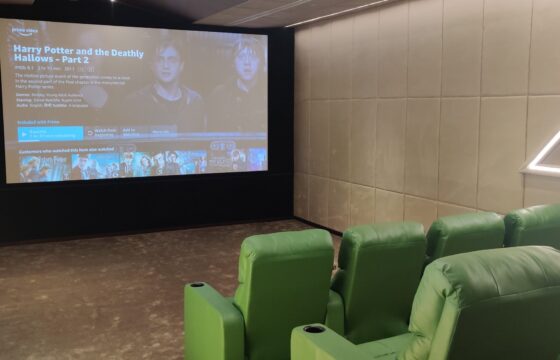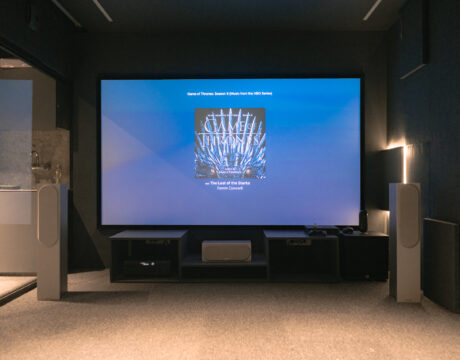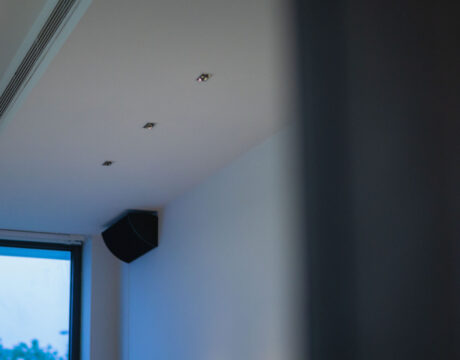Electrical Designing
Lighting Design
Lighting design is a crucial aspect of electrical designing for residences, encompassing the strategic placement, selection, and control of lighting fixtures to enhance aesthetics, functionality, and energy efficiency. By carefully planning the lighting layout, designers can create inviting and versatile living spaces while also optimizing energy usage and minimizing glare and shadows. From ambient lighting to task lighting and accent lighting, each layer serves a specific purpose in illuminating the home effectively and creating the desired ambiance. Additionally, with the advent of smart lighting technologies, residents can now enjoy advanced features such as remote control, scheduling, and color tuning, further enhancing the comfort and convenience of their living environment. This section delves into the principles and considerations of lighting design in residential electrical designing, exploring techniques for achieving optimal illumination, mood enhancement, and energy savings in modern homes.
Residential Design Tools
The diverse range of applications that streamline the electrical designing process for homes. These tools offer features such as load calculation, circuit design, and energy efficiency analysis, empowering users to create safe, efficient, and code-compliant electrical systems tailored to their residential projects.
Load Calculation can assist in calculating the electrical load requirements for a residence based on the number and types of appliances, lighting fixtures, and other electrical devices. Circuit Design, the software can facilitate the design of electrical circuits, helping users plan the layout of wiring, outlets, switches, and circuit breakers to ensure safe and efficient distribution of electricity.Moving further, Voltage Drop Calculation along electrical circuits to ensure that voltage levels remain within acceptable limits and prevent potential issues with electrical devices. Code Compliance Applications can provide guidance on local electrical codes and regulations, helping users ensure that their electrical designs meet legal requirements and safety standards. Equipment Selection in which software tools can assist in selecting appropriate electrical equipment such as wires, cables, conduits, and electrical panels based on design specifications and load requirements. Fault Analysis can perform fault analysis to identify potential electrical faults and their impact on the overall electrical system, allowing users to make informed design decisions to improve system reliability. Energy Efficiency Analysis can analyze the energy consumption of electrical systems and suggest measures to improve efficiency, such as using energy-efficient appliances, optimizing lighting design, and implementing renewable energy sources.






